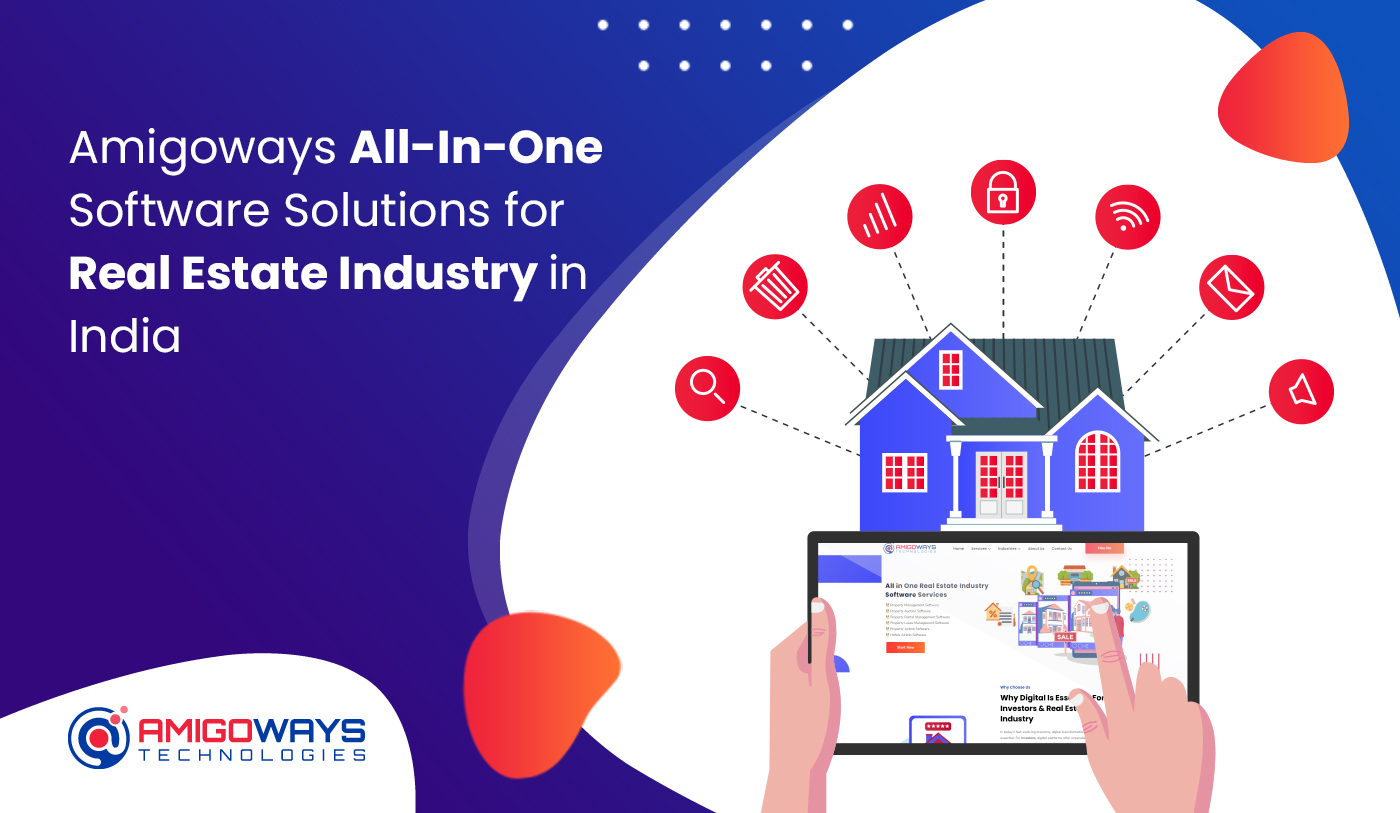Extended Detection and Response (XDR) platforms are reshaping how organizations defend against modern cyber threats. By integrating telemetry across endpoints, networks, cloud workloads, and applications, XDR enables unified detection and faster response to complex attacks. Yet, one challenge has remained particularly difficult: gaining deep, efficient, and real-time visibility into the Linux operating system, which powers the majority of servers, containers, and cloud-native workloads.
Enter eBPF (extended Berkeley Packet Filter)—a revolutionary Linux kernel technology that allows programs to run safely in kernel space. When combined with XDR, eBPF offers a new frontier in system visibility, performance monitoring, and security detection without the overhead of traditional methods.
In this article, we’ll explore how eBPF empowers XDR platforms to deliver unparalleled visibility into Linux systems, the benefits it provides for defenders, and what the future looks like for this integration.
What is eBPF?
eBPF is a Linux kernel feature that lets developers run sandboxed programs directly inside the kernel without modifying source code or adding custom kernel modules. Originally designed for packet filtering, eBPF has evolved into a general-purpose engine for:
- Observability: Collecting detailed performance and system metrics.
- Networking: Monitoring and controlling packet flows at scale.
- Security: Tracing process behavior, system calls, and anomalous activity.
The key advantage is that eBPF delivers low-overhead, high-fidelity telemetry—making it possible to inspect system behavior with minimal performance cost. For XDR platforms, this provides a unique window into Linux environments that were previously opaque.
Why XDR Needs eBPF
Linux dominates modern IT infrastructure, from on-premises servers to cloud-native Kubernetes environments. However, traditional endpoint agents often struggle with Linux:
- Limited visibility into kernel-level events.
- High overhead when capturing detailed telemetry.
- Complexity of monitoring containers and microservices.
eBPF addresses these challenges by:
- Providing kernel-level insights: eBPF can observe system calls, network connections, and file operations in real time.
- Enabling container-aware monitoring: It can track processes and network activity inside containers, even in ephemeral workloads.
- Delivering efficiency at scale: Its lightweight nature means defenders can monitor high-throughput systems without bottlenecks.
When integrated into XDR, these capabilities significantly enhance detection accuracy and incident investigation.
Use Cases: eBPF + XDR in Action
Here are some concrete examples of how eBPF improves XDR capabilities:
1. Process and File Activity Monitoring
eBPF can trace every system call a process makes—such as file reads, writes, or permission changes. This allows XDR platforms to:
- Detect malware attempts to overwrite binaries.
- Identify unauthorized access to sensitive files.
- Build behavioral baselines of normal process activity.
2. Network Visibility and Threat Detection
With eBPF, XDR solutions gain visibility into network packets without requiring traditional packet capture tools. This enables:
- Monitoring lateral movement across containers.
- Detecting suspicious DNS queries or unusual traffic patterns.
- Tracing communication between compromised workloads and external command-and-control servers.
3. Container and Kubernetes Security
Ephemeral containers often evade traditional monitoring, but eBPF can track:
- Process activity inside containers.
- Kubernetes API calls and pod-to-pod communication.
- Security policy enforcement at runtime.
4. Incident Investigation and Forensics
By recording fine-grained system events, eBPF enables XDR platforms to reconstruct attack timelines quickly. Analysts can answer questions like:
- Which process spawned the malicious connection?
- What files were modified before exfiltration?
- Did the attacker escalate privileges?
Benefits of Using eBPF for XDR
- Deep Visibility: Kernel-level insights into processes, files, and networks.
- Lightweight Performance: Unlike traditional monitoring, eBPF minimizes CPU and memory overhead.
- Container-Aware: Perfect for modern cloud-native workloads.
- Faster Detection: Immediate telemetry helps XDR detect attacks earlier in the kill chain.
- Rich Context: Enables detailed forensics and root-cause analysis.
Challenges and Considerations
While eBPF offers significant promise, there are challenges to consider:
- Complexity of Development: Writing and maintaining eBPF programs requires specialized skills.
- Kernel Compatibility: Not all Linux distributions or versions support advanced eBPF features.
- Security Risks: Poorly written eBPF programs could introduce vulnerabilities if not sandboxed properly.
- Scalability: Large-scale environments need efficient data aggregation to avoid overwhelming XDR platforms with raw telemetry.
The Future of XDR with eBPF
The convergence of XDR and eBPF represents a paradigm shift in Linux security monitoring. Vendors are already experimenting with eBPF-based agents that feed kernel-level telemetry into XDR dashboards, providing defenders with unprecedented clarity into attacks.
Looking ahead, we can expect:
- Standardization of eBPF use cases for security.
- Better tooling to simplify eBPF development.
- Wider adoption in enterprise XDR and CNAPP platforms.
- AI-driven analytics leveraging eBPF telemetry for anomaly detection.
As attackers increasingly target Linux systems, cloud workloads, and containers, eBPF-enhanced XDR platforms will become a critical layer in proactive defense strategies.
Conclusion
XDR promises unified visibility and faster response across the enterprise, but Linux has long been a blind spot for many security teams. With eBPF, that’s changing. By harnessing kernel-level telemetry with minimal overhead, XDR platforms can now deliver deep visibility into Linux systems, empowering defenders to detect, investigate, and respond to threats more effectively than ever before.
For organizations running mission-critical workloads on Linux, embracing XDR with eBPF isn’t just an upgrade—it’s a necessity for modern cyber resilience.


